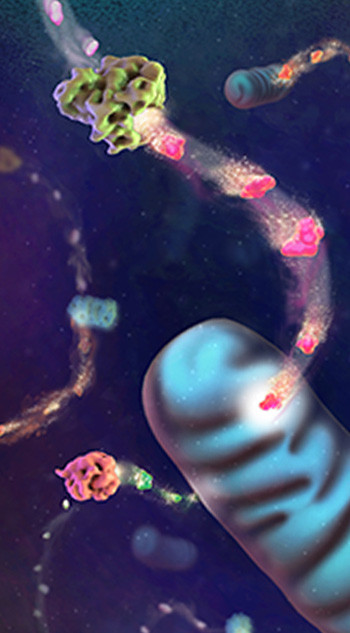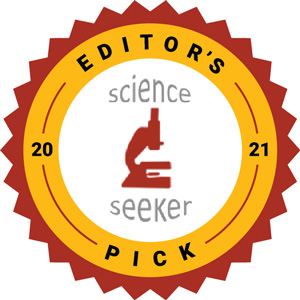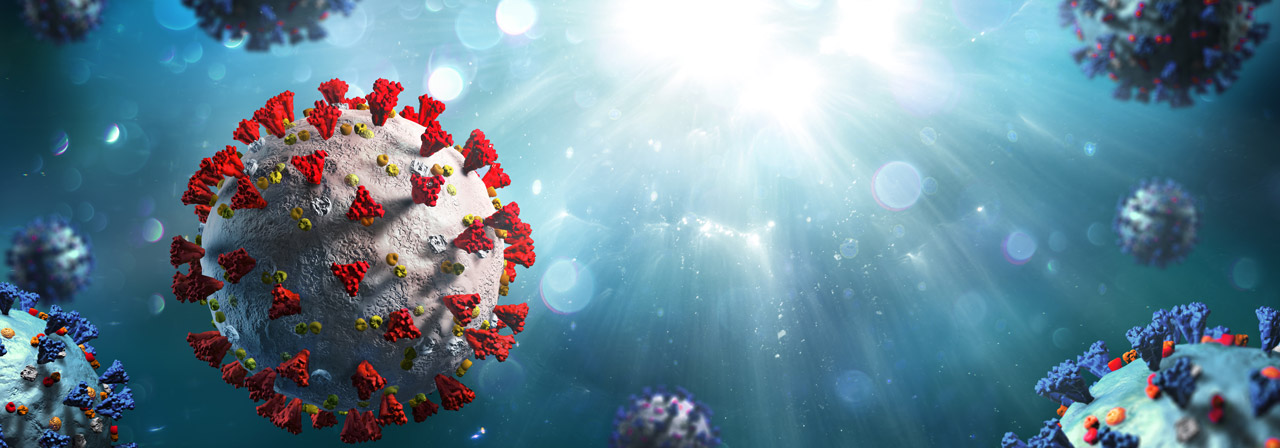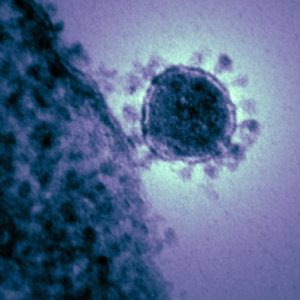
Immunometabolism is the study of how metabolic processes influence immune cell functions and how immune responses, in turn, shape cellular metabolism. This field examines the roles of cytokines and metabolites, which act as signaling molecules and energy sources, respectively. Cytokines can trigger or modulate metabolic pathways in immune cells, affecting their activation, growth, and response capabilities. Similarly, metabolites provide the necessary energy and building blocks that enable immune cells to proliferate, function optimally, and sustain their activity during immune responses. This dynamic interplay is crucial for maintaining health and combating disease. Together, cytokines and metabolites orchestrate a complex network that links metabolic health with immune competence on a systemic and cellular level. This blog discusses how cytokines and metabolites not only influence but also drive immune cell functions, revealing new avenues for therapeutic interventions across a range of diseases.
Continue reading “Immunometabolism: The Dynamic Interplay of Cytokines and Metabolites”


 There’s likely a percentage of the readers of this blog who, if presented with a photo montage of George Clooney, Brad Pitt, Javier Bardem, Daniel Craig, Denzel Washington, Ryan Gosling and other celebrity heartthrobs, might have to take a moment (or several) just to sit back, breathe deeply and appreciate the view. And who could blame us? They’re manly men, all. Easy on the eyes, fairly dripping with testosterone, make our hearts go pitter-pat, maybe make our loins jump just a little with subconscious fantasies of beautiful Clooney babies. What? It’s only natural! It’s biology!
There’s likely a percentage of the readers of this blog who, if presented with a photo montage of George Clooney, Brad Pitt, Javier Bardem, Daniel Craig, Denzel Washington, Ryan Gosling and other celebrity heartthrobs, might have to take a moment (or several) just to sit back, breathe deeply and appreciate the view. And who could blame us? They’re manly men, all. Easy on the eyes, fairly dripping with testosterone, make our hearts go pitter-pat, maybe make our loins jump just a little with subconscious fantasies of beautiful Clooney babies. What? It’s only natural! It’s biology!